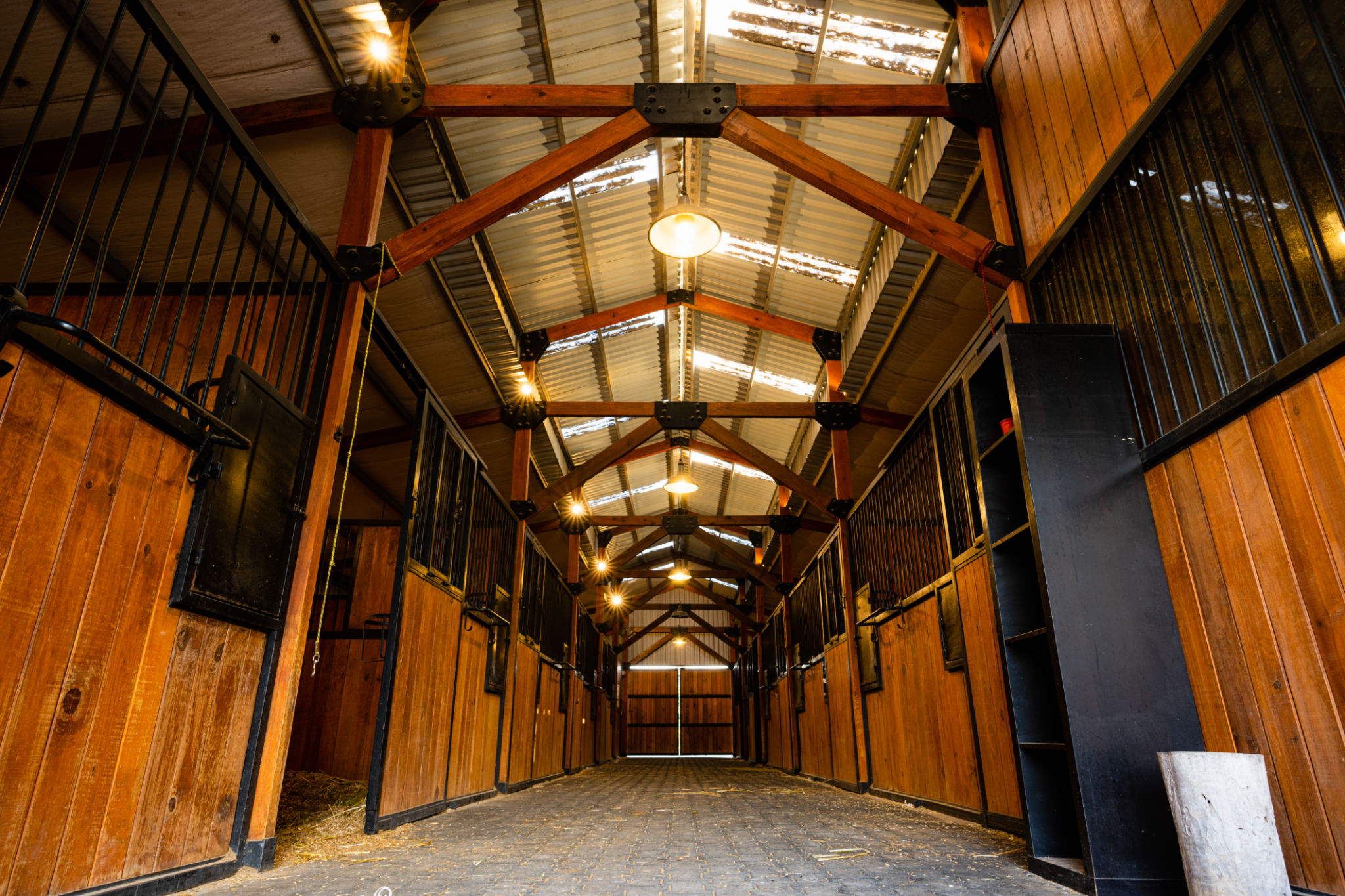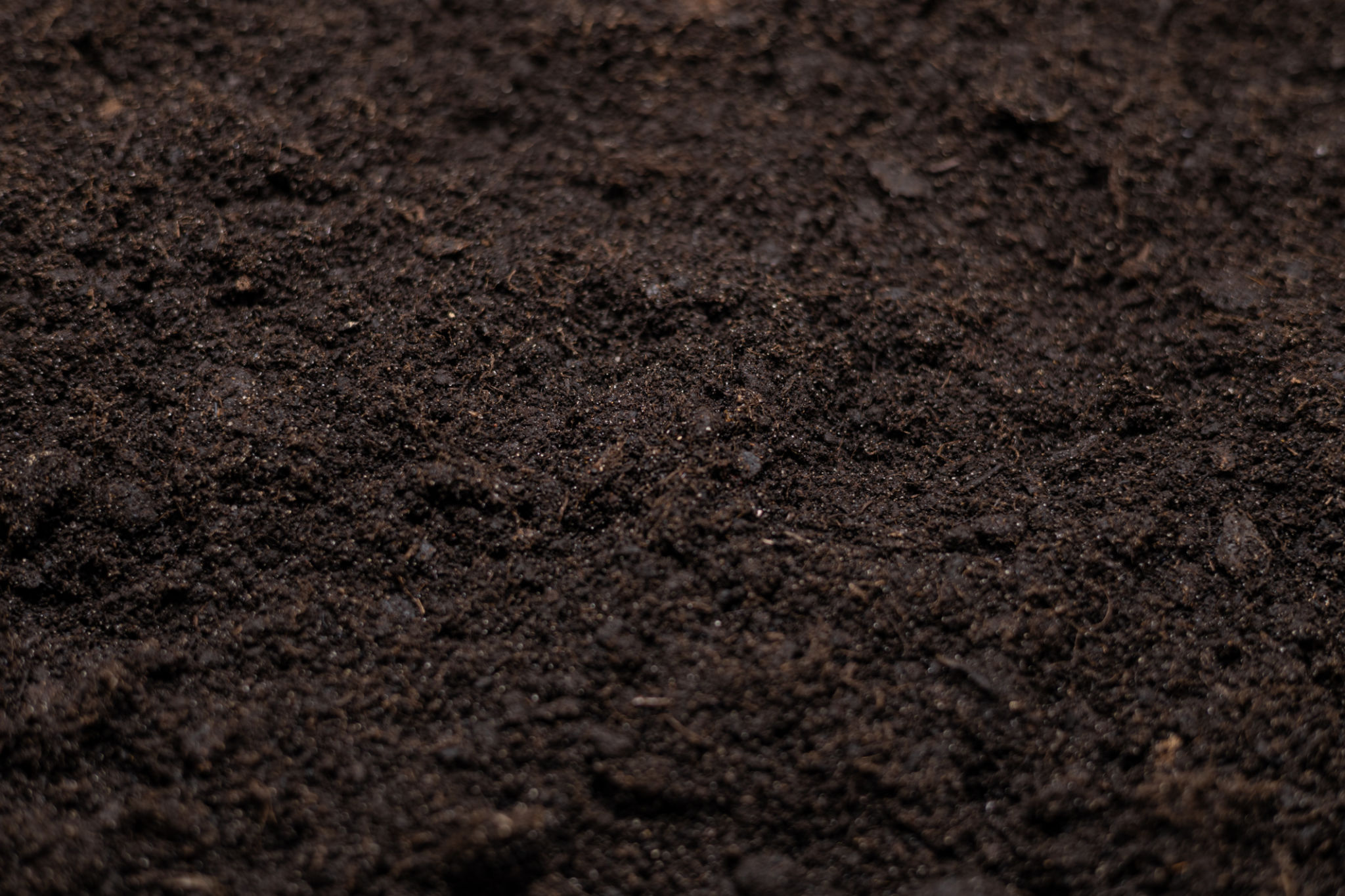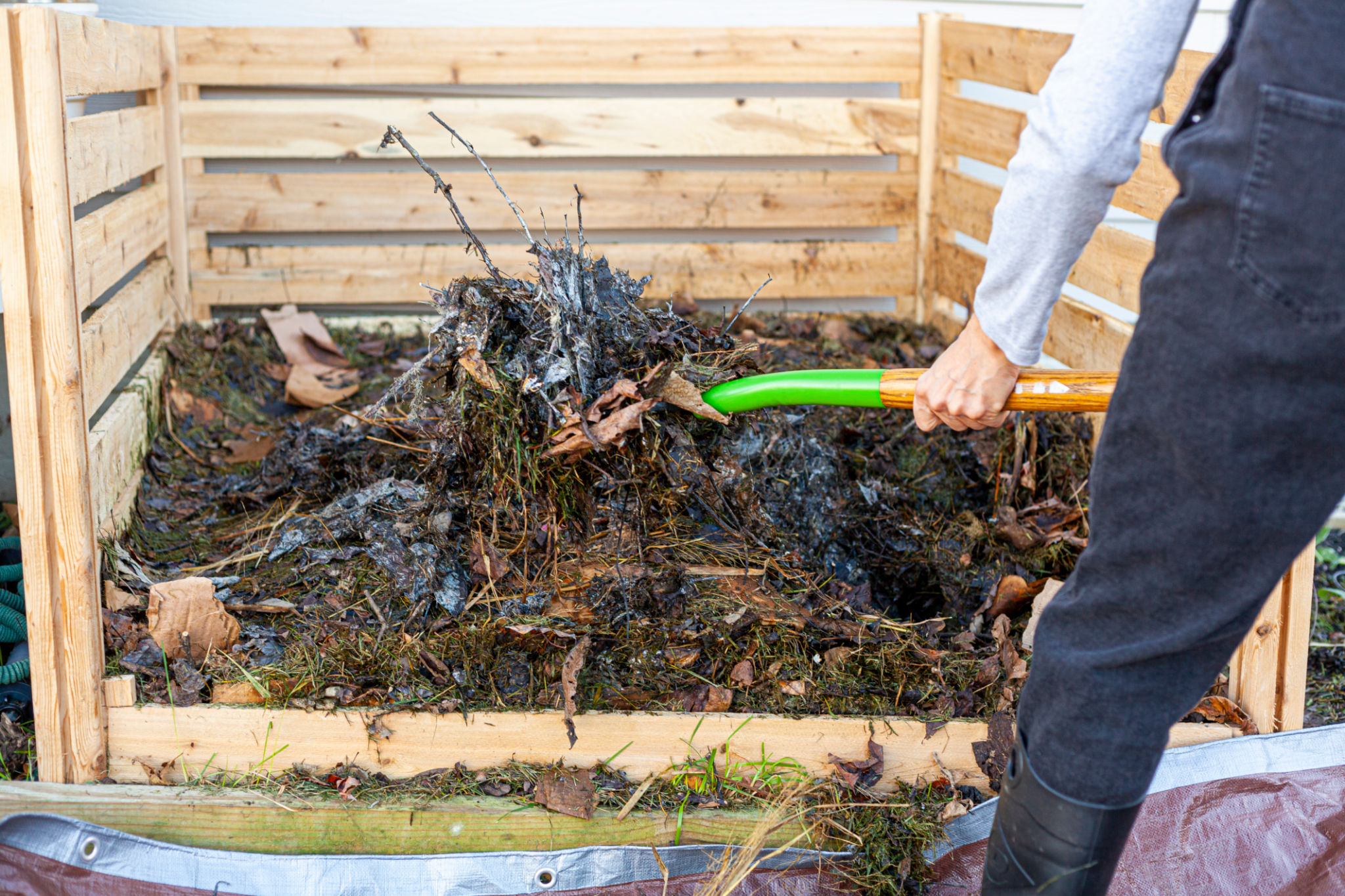Comprehensive Guide to Equine Waste Management: Best Practices for Stable Owners
Managing equine waste is a significant responsibility for stable owners, impacting not only the cleanliness and health of the horses but also the surrounding environment. Proper waste management practices are essential in maintaining a sustainable and efficient stable operation. This comprehensive guide will explore best practices for managing equine waste effectively.

Understanding Equine Waste
Equine waste consists of manure, bedding materials, and uneaten feed. On average, a horse can produce up to 50 pounds of manure daily, not including soiled bedding. This accumulation can quickly become overwhelming if not managed properly. Understanding the composition and volume of equine waste is the first step in developing an effective management plan.
The Importance of Waste Management
Proper waste management is crucial for several reasons. It helps prevent unpleasant odors and pests, reduces the risk of water contamination, and minimizes health risks for both horses and stable staff. Moreover, effective waste management contributes to environmental sustainability by promoting recycling and reducing landfill use.

Best Practices for Waste Collection and Storage
Efficient collection and storage are foundational to any waste management strategy. Consider implementing the following practices:
- Regular Cleaning: Clean stalls at least once a day to minimize waste build-up.
- Dedicated Storage Areas: Designate specific areas for temporary waste storage that are easily accessible yet far enough from stables to minimize odor.
Choosing the Right Bedding
The choice of bedding material can significantly impact waste management efforts. Materials like straw, shavings, or peat moss each have unique absorption properties and decomposition rates. Opt for bedding that is highly absorbent and easy to compost, which can help in reducing the volume of waste.

Waste Disposal Options
Stable owners have several options for disposing of equine waste, including:
- Composting: A sustainable method that converts manure and bedding into valuable fertilizer.
- Manure Spreading: Applying manure directly to fields can be beneficial if done correctly, ensuring nutrient-rich soil for pasture growth.
- Off-Site Disposal: Hiring a waste removal service might be necessary if space for composting or spreading is limited.
Composting Techniques
Composting not only reduces waste volume but also yields a nutrient-rich product that can enhance soil quality. To compost effectively, ensure proper aeration by turning piles regularly and maintaining the right balance of carbon and nitrogen materials. Monitoring moisture levels is also critical to the success of the composting process.

Environmental Compliance and Regulations
Compliance with local environmental regulations is essential in equine waste management. Stable owners should be aware of guidelines regarding manure storage, runoff prevention, and disposal methods. Following these regulations helps avoid fines and promotes a positive relationship with the community.
Community Engagement
Engaging with the community by sharing your sustainable practices can enhance your stable’s reputation. Hosting workshops on composting or inviting local schools for educational tours can demonstrate your commitment to environmental stewardship.
In conclusion, effective equine waste management involves understanding waste composition, implementing efficient collection and storage methods, selecting appropriate disposal options, and ensuring compliance with regulations. By adopting these best practices, stable owners can maintain a clean, healthy environment for their horses while contributing positively to the ecosystem.
